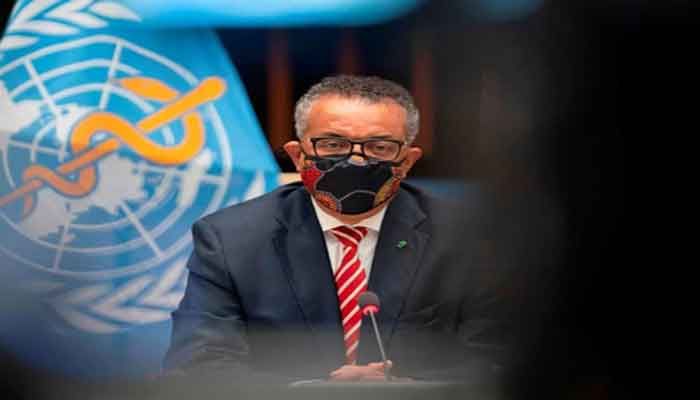
Desk Report
Publish: 17 Nov 2020, 03:12 pm

On Tuesday, the World Health Organization unveiled a strategy to rid the world of cervical cancer, emphasizing that the widespread use of vaccines, new testing and treatments could save five million lives by 2050.
“Eliminating any cancer would have once seemed an impossible dream, but we now have the cost-effective, evidence-based tools to make that dream a reality,” WHO chief Tedros Adhanom Ghebreyesus said in a statement, reports AFP.
More than half a million new cases of cervical cancer are diagnosed worldwide every year, hundreds of thousands of women die from the disease, and the WHO warns that they will increase dramatically in the years to come without intervention.
Good news is that cervical cancer caused by human papillomavirus (HPV)—a popular sexually transmitted infection—is preventable with effective and safe vaccines and can also be prevented if caught early and properly treated.
During the WHO’s main annual meeting last week, all 194 member countries agreed to a plan towards eliminating cancer.
– ‘Huge milestone’ –
“This is a huge milestone,” WHO Assistant Director-General Princess Nothemba Simelela told a virtual press briefing.
“For the first time the world has agreed to eliminate the only cancer we can prevent with a vaccine, and the only cancer which is curable if detected early,” she said.
Urgent action is needed.
The WHO estimates that if countries fail to act effectively, the number of global cases will rise from 570,000 in 2018 to 700,000 by 2030, while deaths could rise from 311,000 to 400,000 in the same timeframe.
Simelela insisted that "decades of negligence" was responsible for the high number of deaths from cervical cancer, particularly in low-and middle-income countries, where there are twice as many cases and three times as many deaths from the disease as in rich nations.
While most high-income countries have introduced wide-spread vaccination, testing and treatment, access has remained far more difficult elsewhere, in part due to the high cost of vaccine doses.
“If we can improve access for low and middle income countries we really can be on the road to elimination,” she said.
The plan announced on Tuesday calls on countries by 2030 to ensure that at least 90% of girls are completely vaccinated against HPV before they turn 15.
It also calls for at least 70 per cent of women to be screened for cervical cancer between 35 and 45 and for at least 90 per cent of women diagnosed with cervical cancer to be treated.
– COVID hit vaccinations –
While a range of recent developments aim to simplify research, minimize costs and ease of access, the WHO has recognized that its current approach comes at a difficult time, with the world centered on fighting the Covid-19 pandemic.
The coronavirus outbreak has halted vaccination, screening and treatment of cervical cancer, while border closures have limited supply of supplies.
“We probably lost a sizable number of women,” Simelela said.
She added though that the testing infrastructure and systems being created for Covid-19 could hopefully be maintained for screening for other diseases, including cervical cancer.
“We can make history to ensure a cervical cancer-free future,” she said.
Subscribe Shampratik Deshkal Youtube Channel
Topic : Health
© 2024 Shampratik Deshkal All Rights Reserved. Design & Developed By Root Soft Bangladesh